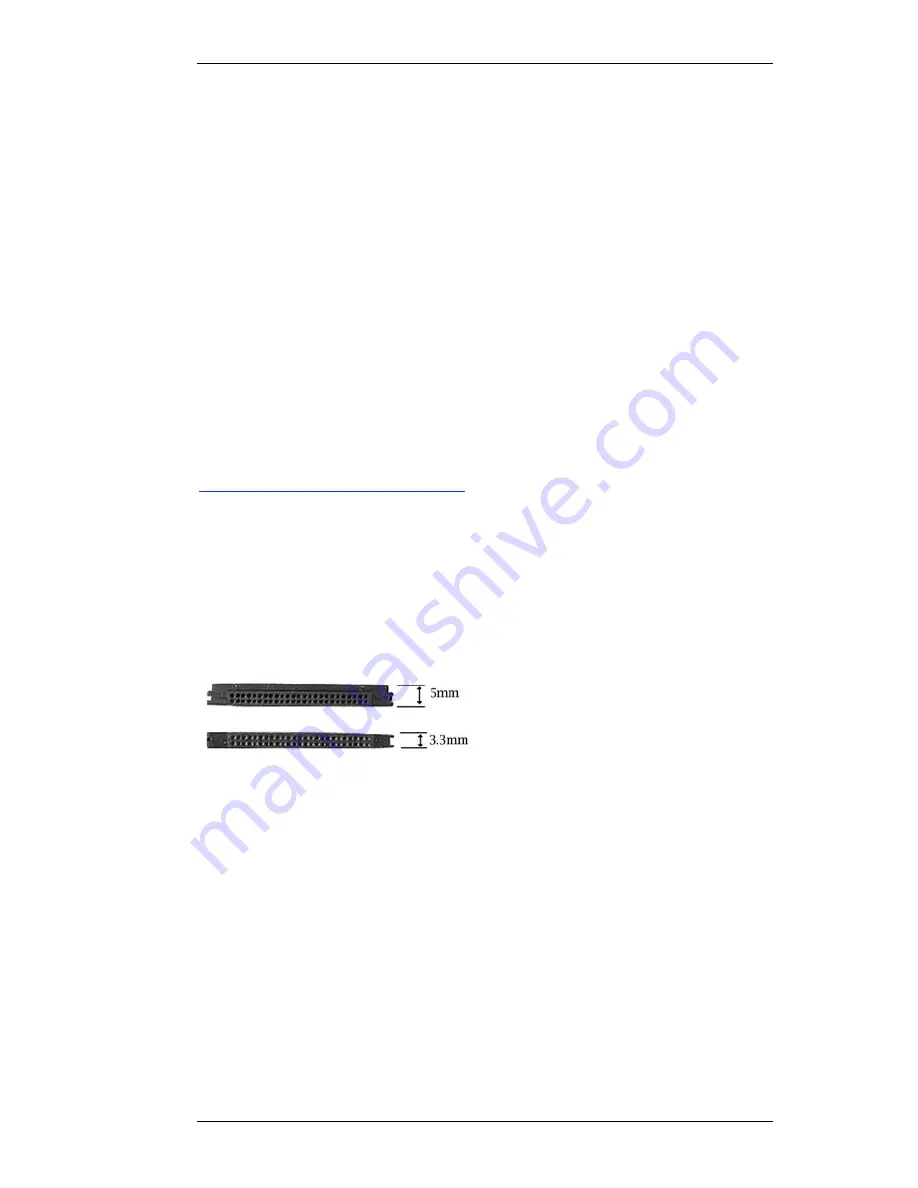
V1.02
Thom Hogan’s Complete Guide to the Nikon D300
Page 109
Frames Remaining indicator. Put another way, you can’t put
images into the buffer that can’t be saved onto the card.
CompactFlash
Nikon does not supply a CompactFlash card with the D300
(i.e. you must purchase one separately if your dealer didn’t
include one with the camera).
CompactFlash cards come in two sizes, Type 1 and Type 2,
the primary difference between them being the thickness of
the card. CompactFlash storage also comes in two types:
solid-state memory, and miniature hard disk. The
specifications for CompactFlash are maintained by the
CompactFlash Association (CFA), and updated regularly
(currently at version 4.1). The organization’s Web site is at
http://www.compactflash.org
.
As I write this, CompactFlash cards are readily available from
a wide range of vendors in sizes ranging from 8MB to 16GB
in size (the limit keeps getting pushed up; now that cameras
like the D300 support FAT32, we’re a long way from the
theoretical limit of 137GB).
The two types of CompactFlash
card vary only in thickness (the top
card is a Type 2 card; the bottom
card is a Type 1 card). The D300
can accommodate a single card of
either type.
The D300 can use Type 1 or Type 2 CompactFlash cards, but
holds only one card at a time (i.e. you can’t stack two of the
thinner Type 1 cards in the slot). Nevertheless, most D300
users own and use multiple cards. When the card in the
camera fills up, you simply swap in an empty card, just like
you’d load in blank film after exposing a roll in a 35mm film
camera. Make sure that you turn the camera OFF before
swapping cards, and don’t remove the card until the green
light on the back of the camera is no longer lit.






























